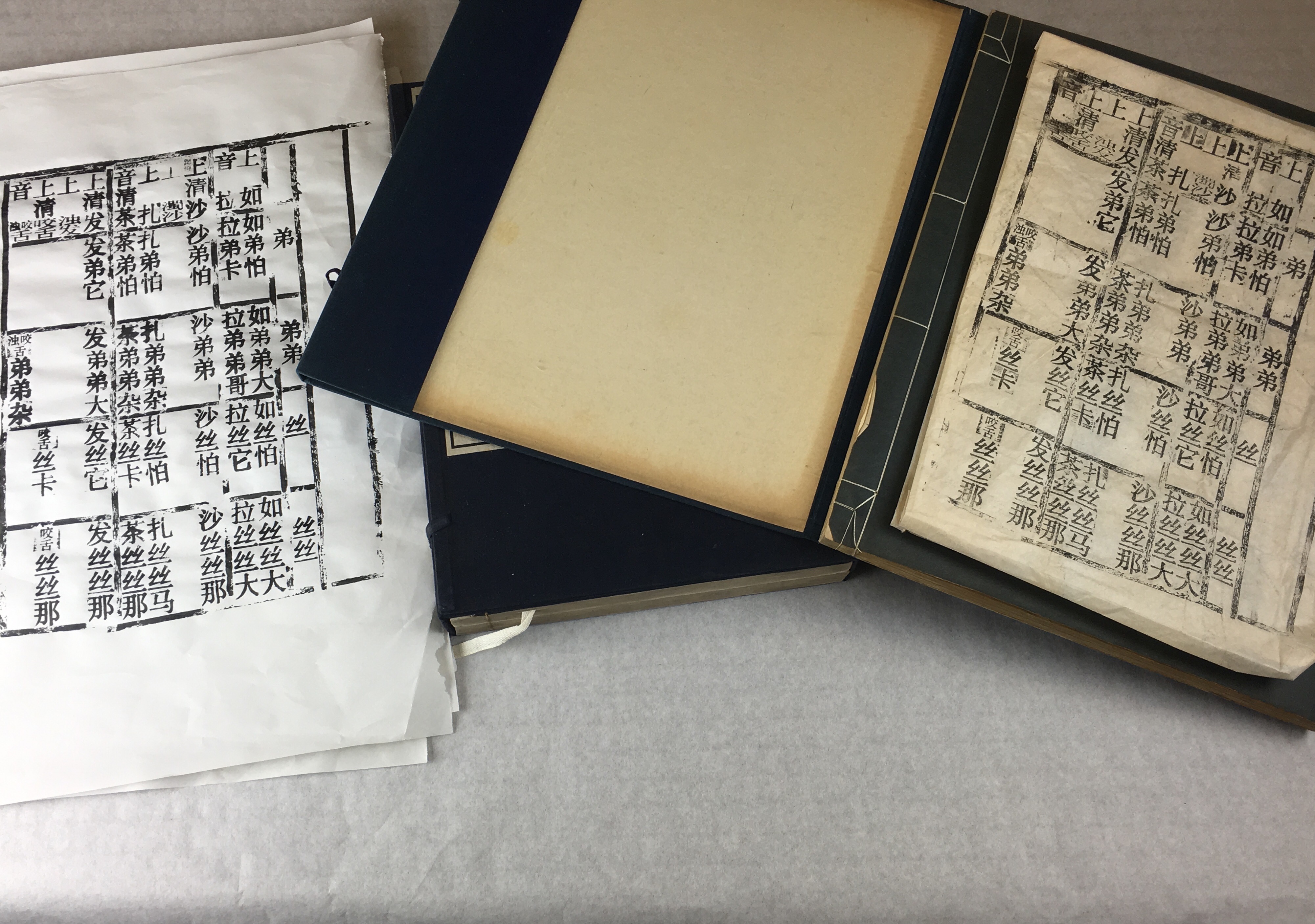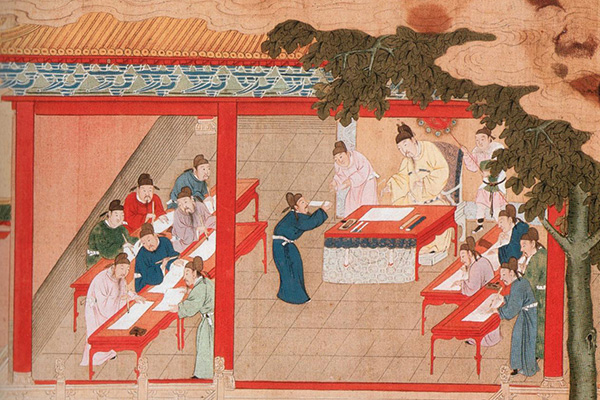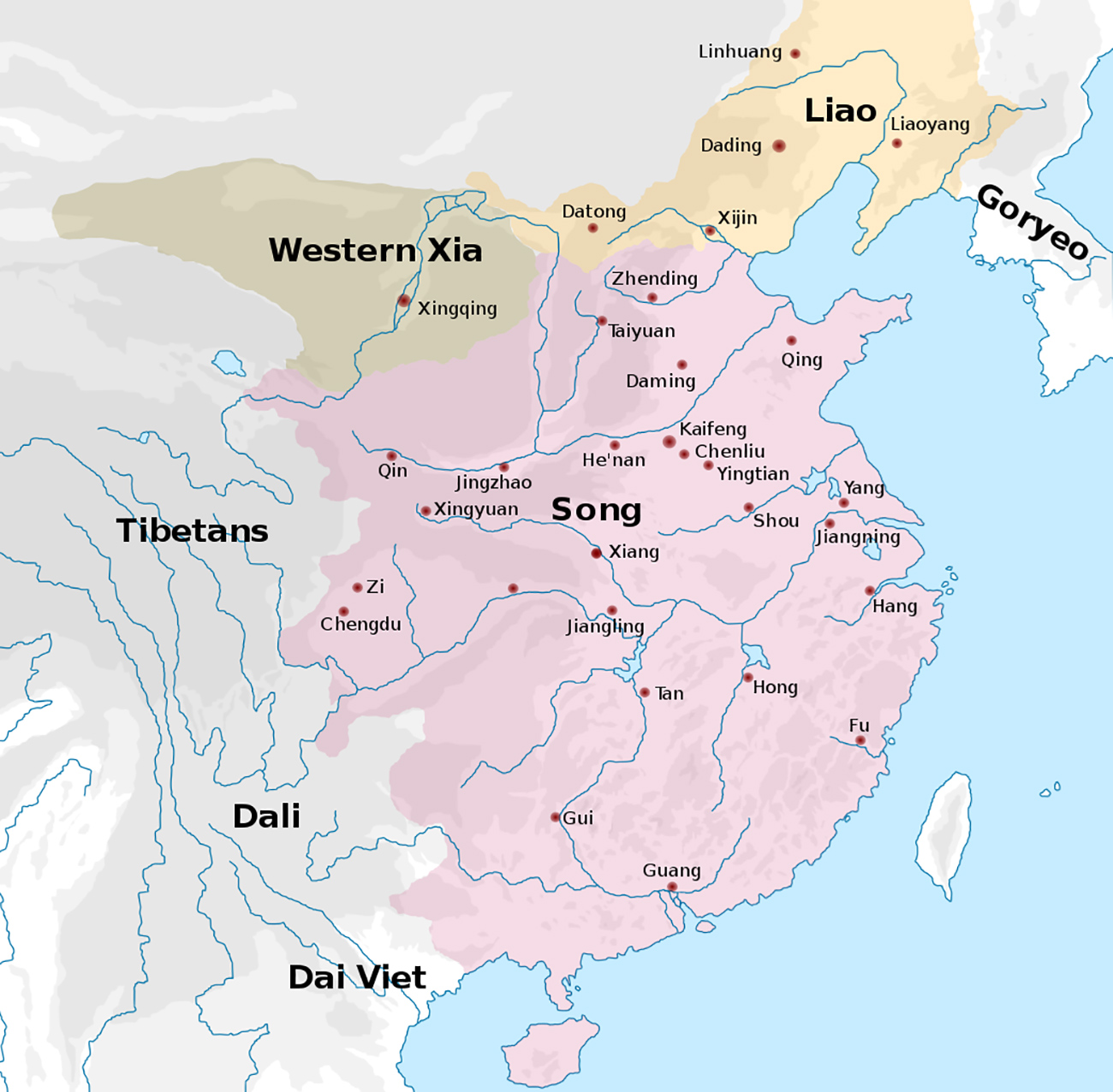Song Dynasty English
What if English had been learned in China 1,000 years ago?
What would it have looked and sounded like? How would it have been used? If English had to conform to all of the rules and regulations that transformed the Chinese written language into a cultural system capable of bridging its many dialects and accents into a single phonological system what would be the outcome?

Rime Tables

While the Chinese writing system can be traced back over 3,000 years (to 1200 BC), it was the invention of the “rime tables” during the sixth to eleventh centuries (AD) that provided a single standard sound system for all Chinese characters regardless of the speaker’s regional dialect or accent. The word “rime” refers to the Chinese vowel, which includes one of four different tones and sometimes consonant finals. The rime table technologies organized the language into standard categories and pronunciations but were not used to promote or enforce one dialect over another. Instead, they were used to aid in the composition of complex forms of Classical Chinese poetry.
Imperial Worldview
Those who sought positions of power within the imperial government had to pass the Chinese Imperial Examination which tested one’s knowledge of the classics and one’s ability to create balanced and harmonious rhyming poetry. This demonstrates one’s mastery of the Imperial Knowledge Systems and thus one’s readiness for greater responsibility. If English rime tables had existed 1,000 years ago in China, they would have been used for the same purpose: not to teach pronunciation, but as a tool for composing Classical Chinese poetic forms in English as a diagnostic for civil service.





